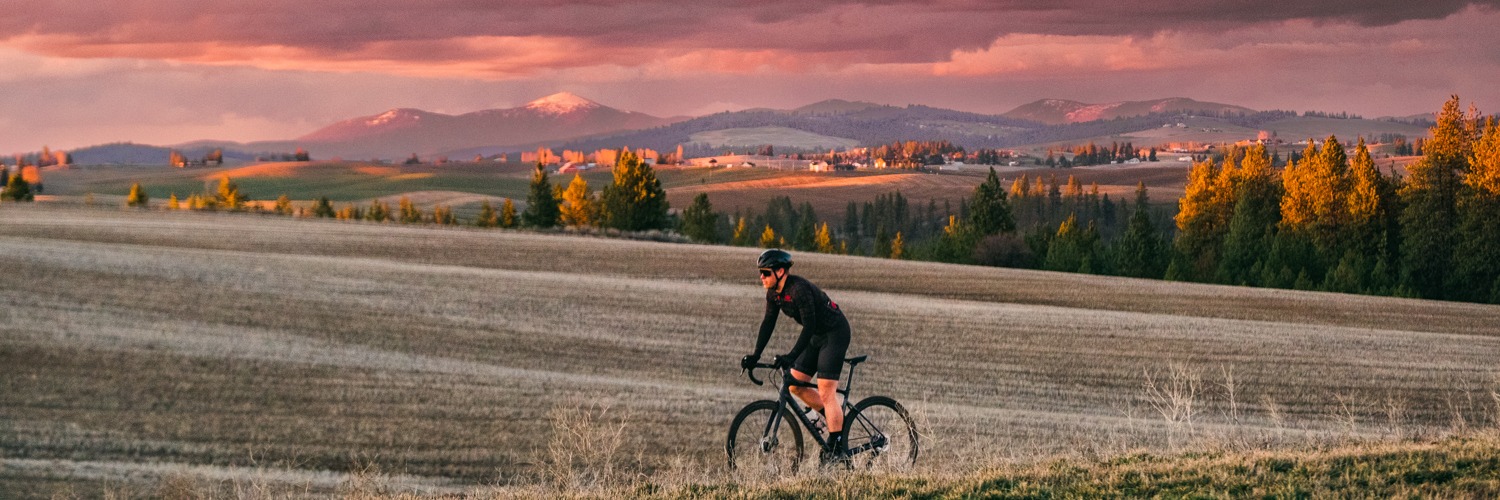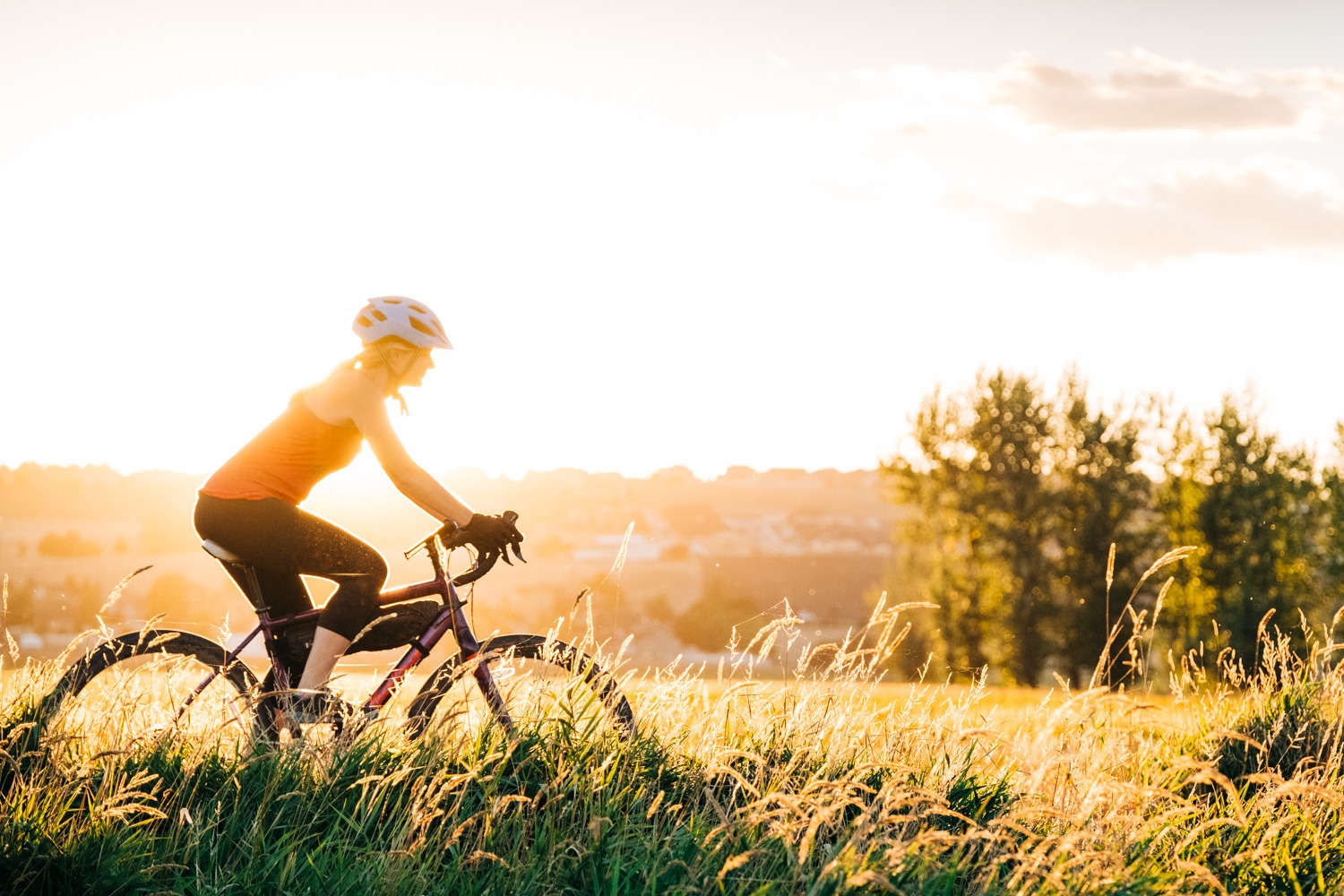
GRAVEL BIKING 101
Gravel biking has exploded in popularity in recent years, but those who’ve yet to dip a toe (or tire) into the sport may find themselves asking: what is gravel biking, anyway?
Simply put, gravel biking encompasses nearly any surface you want to explore. Want to stay primarily on pavement but are looking for a more comfortable ride than a road racing bike? Want to tackle rugged dirt forest roads and mix in some singletrack? Want to combine all those things into a multi-day—or multi-week—bikepacking trip? Gravel is your go-to.
Can you just use any bike for gravel riding? Sure! After a few rides, however, you may discover that having a setup dialed in for your terrain makes the ride more comfortable and efficient. And that means more miles, which means more fun.
Dedicated gravel bikes combine the light frames and generally aerodynamic bike and body position of road steeds with the ride-smoothing comforts of a mountain bike: wider tires with more traction on variable surfaces than racing slicks; a frame that absorbs gravel chatter and potholes; and disc brakes with serious stopping power.
Just as the term “gravel” can encompass a wide variety of riding situations, a good gravel bike will allow for adaptability and flexibility. Dedicated gravel frames usually can handle varying tire widths, from narrow semi-slicks to wide cross-country treads—sometimes even fat-bike tires. They often feature multiple mounting points for extra water bottle cages or bike bags that allow you to extend your ride past the end of the road and past the end of the day. And there’s something to be said for pedaling to the end of your driveway, picking a direction and being able to handle whatever surface you encounter.
Bike recommendations
Salsa Journeyer – With a redesigned frame that improves handling and still provides ample tire clearance and tons of gear mounts, the Journeyer is Salsa’s do-it-all-adventure rig. It’s a bike that encourages you to go further--at a price that allows your bike budget to go further too.
Otso Waheela C – Like most bikes from the innovative, Minnesota-based Otso Cycles, the Waheela C is surprisingly versatile. With massive tire clearance and adjustable frame geometry, the Waheela C is as comfortable and confidence-inspiring on long bikepacking trips as it is on the race course.
Specialized Diverge STR Expert - With the all-new Diverge STR, Specialized has just raised the bar for drop-bar, gravel-gobbling bikes. The secret: tunable front and rear Future Shock technology that suspends the rider--rather than the bike--for an efficient ride with less fatigue, all with the nimble feel and light weight of a rigid frame. And it all comes together in a package that will catch a lot of looks--and that's all that will be catching this machine.

Ride recommendations
Riverside State Park – With the smooth asphalt of the Centennial Trail slicing through miles of mellow singletrack and old dirt roads, Washington’s second-largest state park is almost tailor-made for gravel bikes. The area around Seven Mile trailhead is an ideal spot to get the feel for drop bars on dirt, and it’s a great departure point for rides north along the Centennial trail to Deep Creek, Nine Mile Recreation Area and beyond.
The Palouse – The rolling hills of the Palouse have long been a favorite for road cyclists, but the two-lane pavement touches only a fraction of the landscape. Gravel bikes open up miles of possibilities on the gravel secondary roads and dirt “summer” roads that crisscross the sea of pea and wheatfields of the Palouse. Start on Spokane’s South Hill (our South location makes an excellent departure point!) and ride the wide shoulder of the Palouse Highway south until you find a dirt road that demands exploration. Washington Road and Elder Road make fine connectors between the Palouse Highway and Valley Chapel Road and allow for loops of varying lengths.

